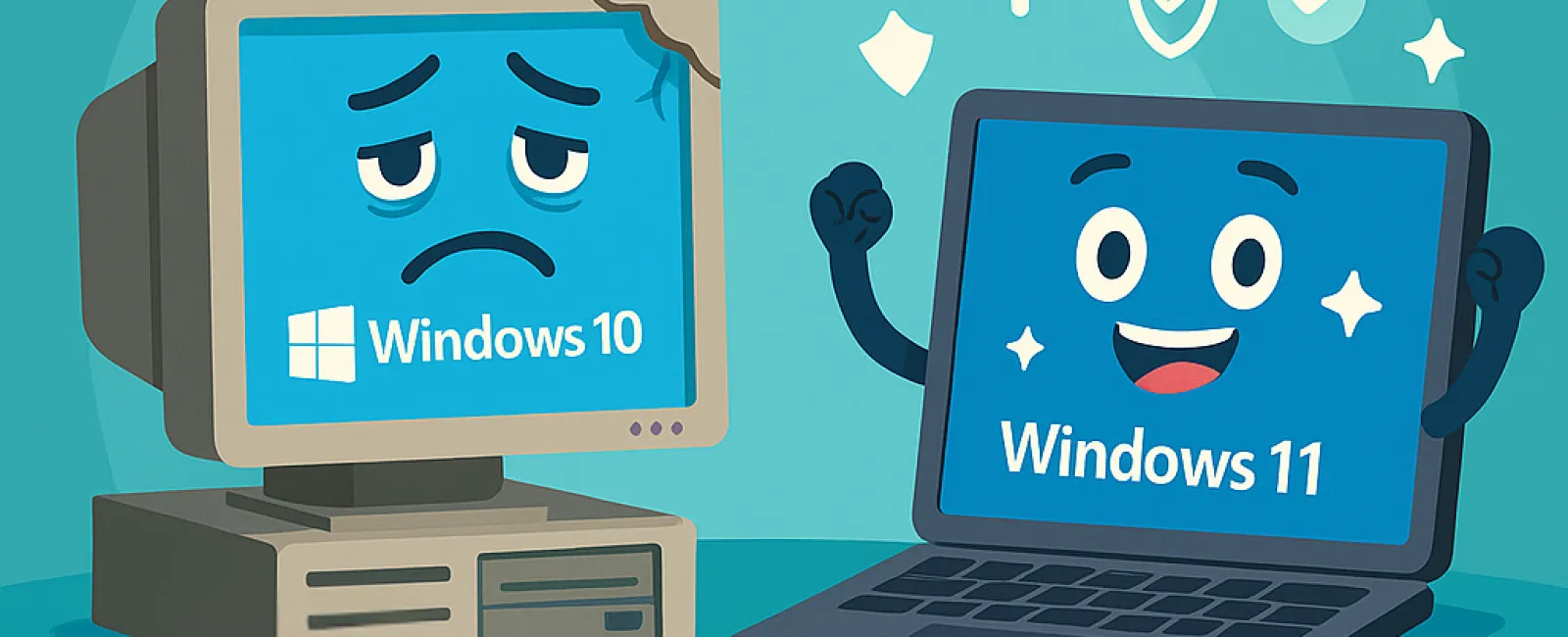September 22, 2025
Holding onto outdated technology might seem like a smart way to save money on your IT expenses. However, this approach often leads to greater costs in terms of lost efficiency, increased risks, and higher long-term expenses. Using old hardware and software can significantly hinder your business's productivity, inflate your budget, and expose you to security threats.
Understanding the True Expense
Outdated technology impacts your business in several critical ways. Older systems operate slower, dragging down your team's performance and reducing overall productivity. They are also prone to unexpected failures, resulting in costly downtime that disrupts your operations and deadlines.
Security is another major concern. Legacy software and hardware no longer receive essential patches and updates, leaving your systems vulnerable to cyberattacks. Hackers exploit these weaknesses to gain access to sensitive data, putting your business at risk. Moreover, relying on outdated systems can lead to non-compliance with industry regulations, potentially resulting in costly penalties.
Recognizing When It's Time to Upgrade
Watch for these key indicators that signal your technology needs an update:
1. Your systems run on Windows 10 or earlier versions.
Windows 10 support ends in October 2025, meaning no further security updates will be provided. Continuing to use it increases your vulnerability to cyber threats and compliance issues. To safeguard your business, begin planning your move to Windows 11 today.
2. Recurring IT issues keep disrupting your workflow.
Constant system crashes, freezes, and slowdowns not only frustrate your team but also signal failing technology. These problems lead to lost time and productivity, and frequent IT support calls can add up to significant hidden costs.
3. Your current software doesn't support new tools.
Legacy applications that don't integrate with modern mobile apps or cloud services limit your ability to innovate, serve clients effectively, and grow your business.
4. Device performance is dragging down your team.
Slow startups, freezing during important calls, and frequent crashes disrupt your workflow and waste valuable time. Devices older than three to five years should be evaluated for performance and energy efficiency to ensure they aren't hindering productivity or increasing costs.
5. Your security tools are outdated.
If your firewall or antivirus software hasn't been updated recently, your business is at serious risk. Cyber threats evolve rapidly, and outdated defenses are often the easiest targets for ransomware and other attacks.
Worried about the cost of upgrading? Remember, maintaining slow, obsolete systems can drain resources through lost productivity, security breaches, and constant fixes. Fortunately, there are cost-effective, strategic upgrade options designed to keep your business secure and efficient without breaking the bank.
Partner with Experts for a Smooth Transition
If you want a trusted team of experts to guide you through technology upgrades and keep you informed about when systems become outdated, reach out to us for a FREE IT Clarity Call. This brief consultation will help outline the best steps to maintain your business's security, efficiency, and cost-effectiveness. Schedule your call by contacting us at 610-628-2461 or click here.



